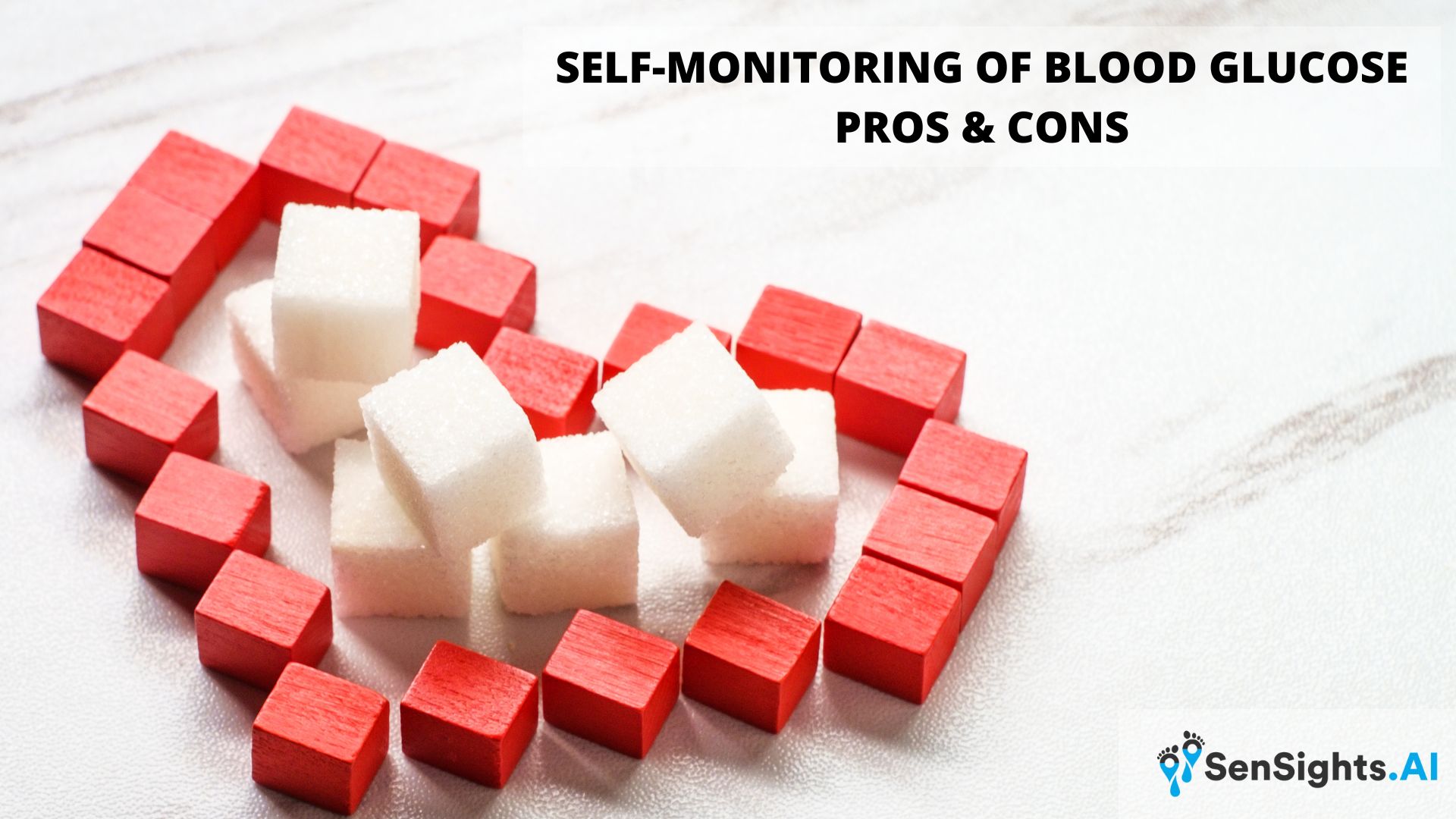Self-monitoring of blood glucose (SMBG) is a technique used by people with diabetes to check their blood glucose levels regularly. SMBG can help individuals with diabetes to manage their blood glucose levels and prevent complications associated with high or low blood glucose levels. However, there are both pros and cons to SMBG, which are discussed in detail below.
Pros of SMBG
1. Improved Glycemic Control
Self-monitoring of blood glucose (SMBG) can help individuals with diabetes to monitor and control their blood glucose levels effectively. By checking their blood glucose levels regularly, individuals can adjust their food intake, medication, and physical activity to maintain their blood glucose levels within the target range. This can help to prevent complications associated with high or low blood glucose levels.
2. Increased Awareness
SMBG can increase the individual’s awareness of the effect of their food intake, medication, and physical activity on their blood glucose levels. This can help individuals with diabetes to make more informed decisions about their lifestyle choices.
3. Early Detection of Hypoglycemia
SMBG can help to detect hypoglycemia (low blood glucose levels) early. Hypoglycemia can cause symptoms such as dizziness, confusion, and even loss of consciousness. Early detection of hypoglycemia can prevent severe complications and ensure timely treatment.
4. Improved Quality of Life
SMBG can improve the quality of life of individuals with diabetes. By monitoring and controlling their blood glucose levels effectively, individuals can reduce the risk of complications and enjoy a better quality of life.
Cons of SMBG
Cost
SMBG can be expensive, especially for individuals who need to test their blood glucose levels frequently. The cost of SMBG can include the cost of blood glucose meters, test strips, and lancets. Some insurance plans may cover the cost of SMBG, but others may not.
Time and Effort
SMBG can be time-consuming and require a significant amount of effort. Individuals with diabetes need to test their blood glucose levels regularly, which can be challenging for those with busy schedules.
Pain and Discomfort
SMBG involves pricking the fingertip with a lancet to obtain a blood sample. This can cause pain and discomfort, especially if the individual needs to test their blood glucose levels frequently.
Misinterpretation of Results
SMBG requires individuals with diabetes to interpret their blood glucose levels and make decisions based on the results. Misinterpretation of results can lead to incorrect decisions, which can have negative consequences.
In conclusion, SMBG has both pros and cons. It can help individuals with diabetes to monitor and control their blood glucose levels effectively, but it can also be expensive, time-consuming, and painful. It is essential for individuals with diabetes to weigh the pros and cons of SMBG and discuss their options with their healthcare provider to determine the best course of action for their unique needs.


